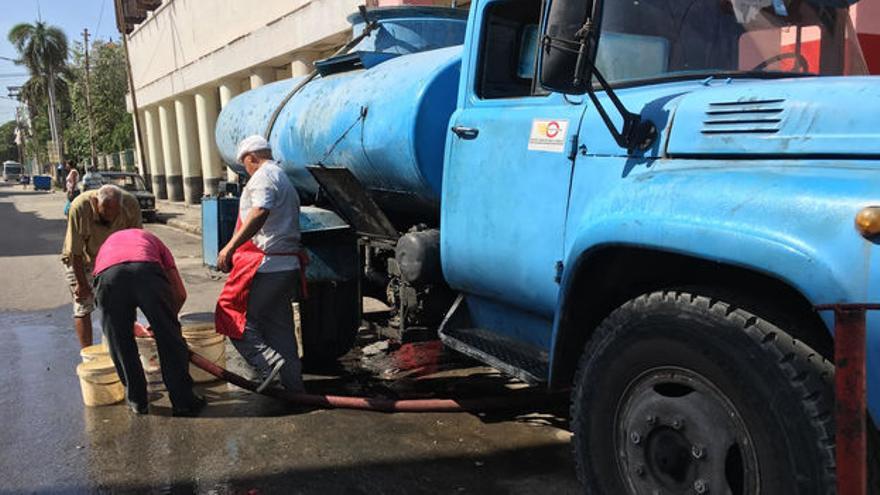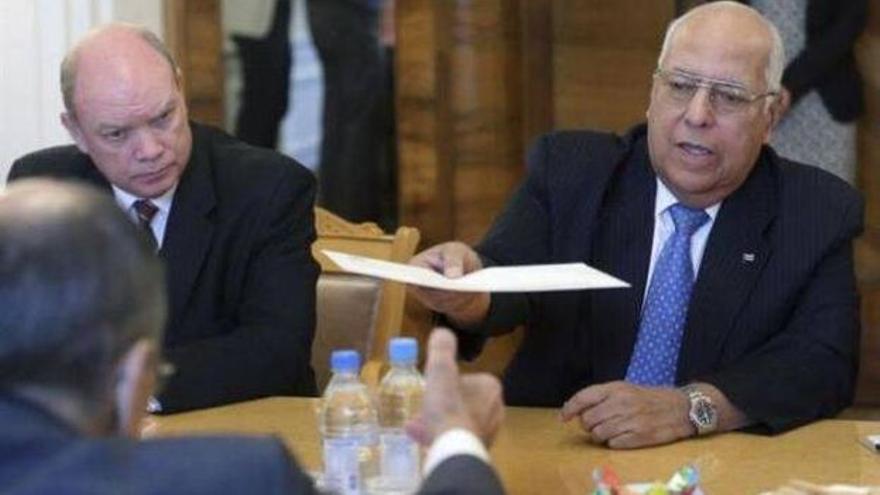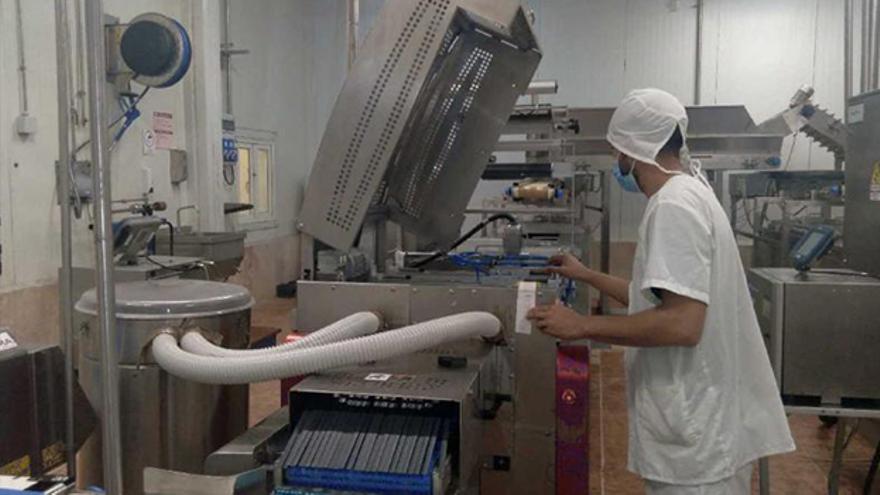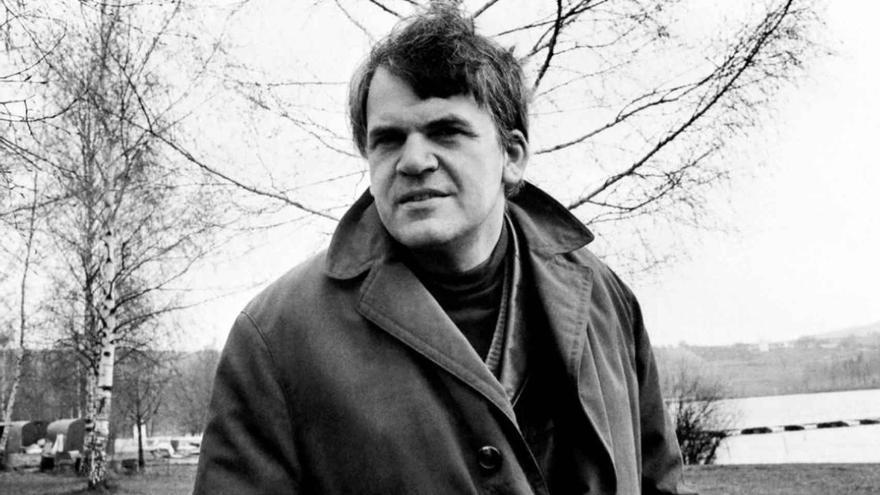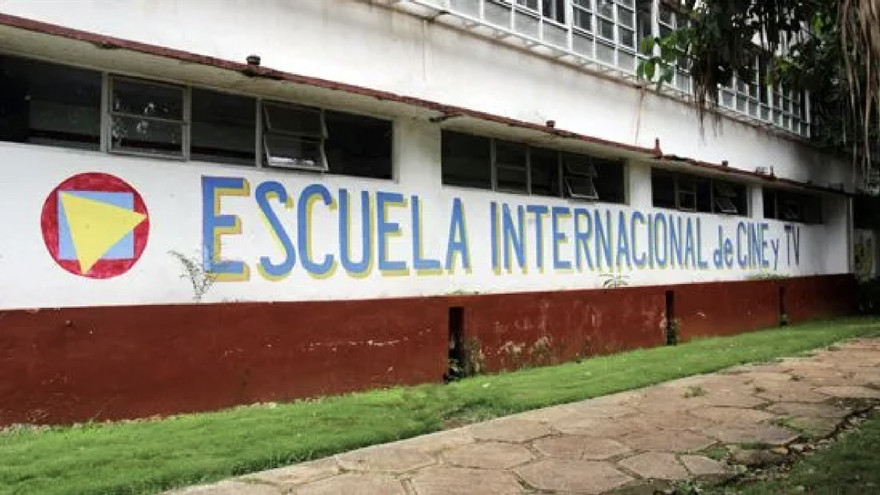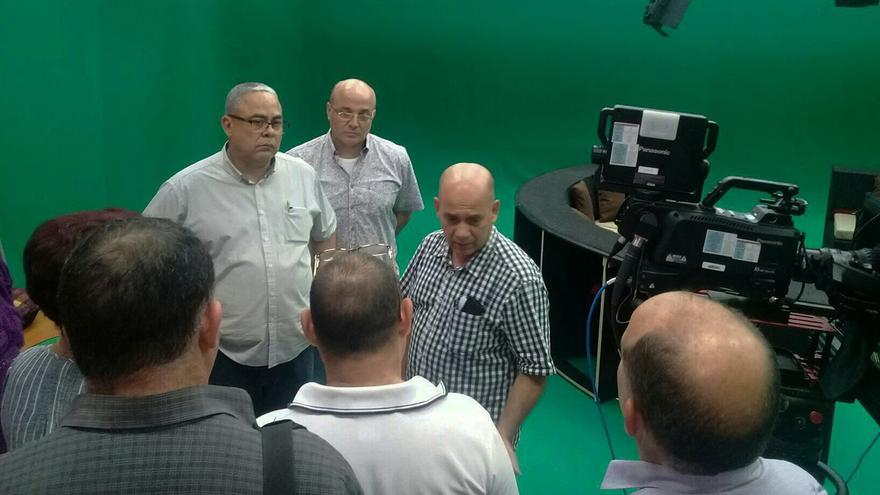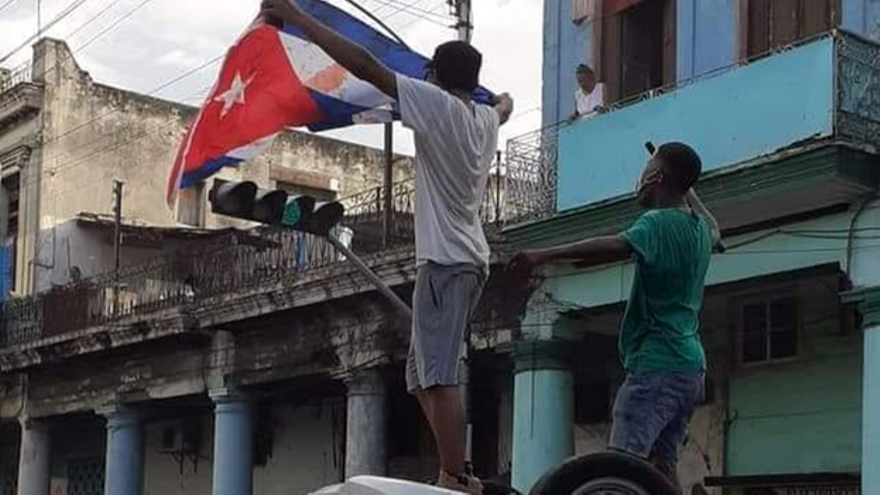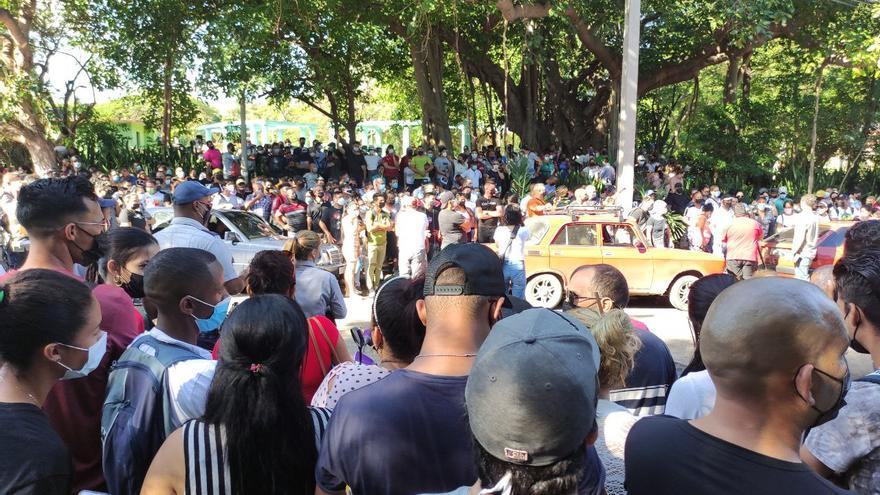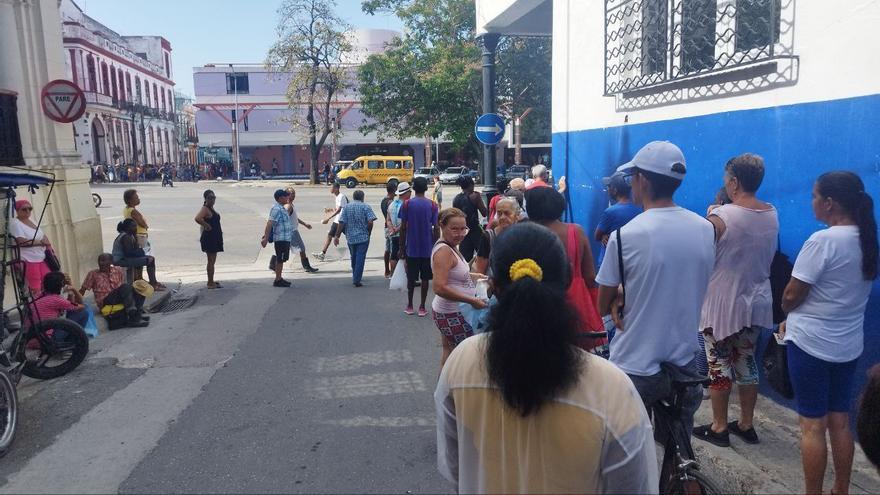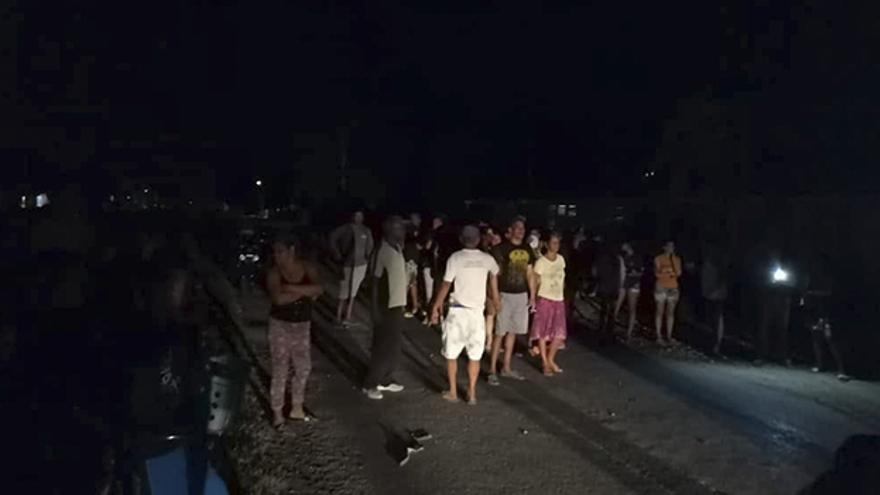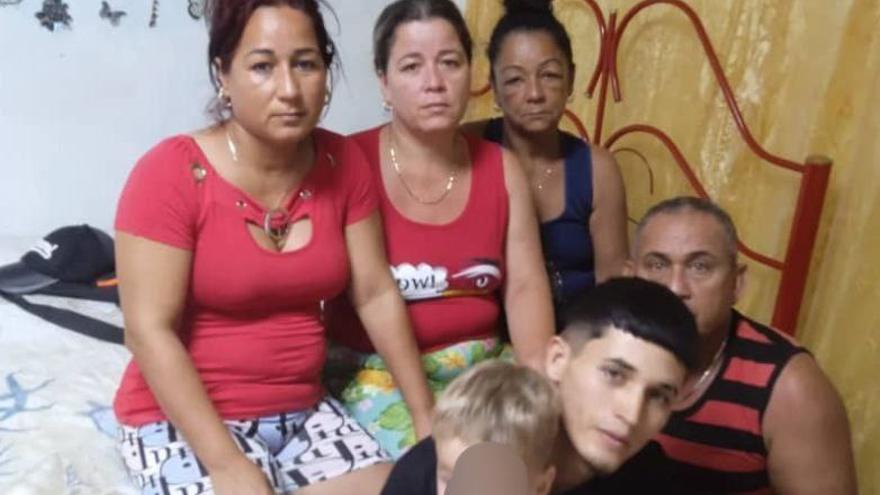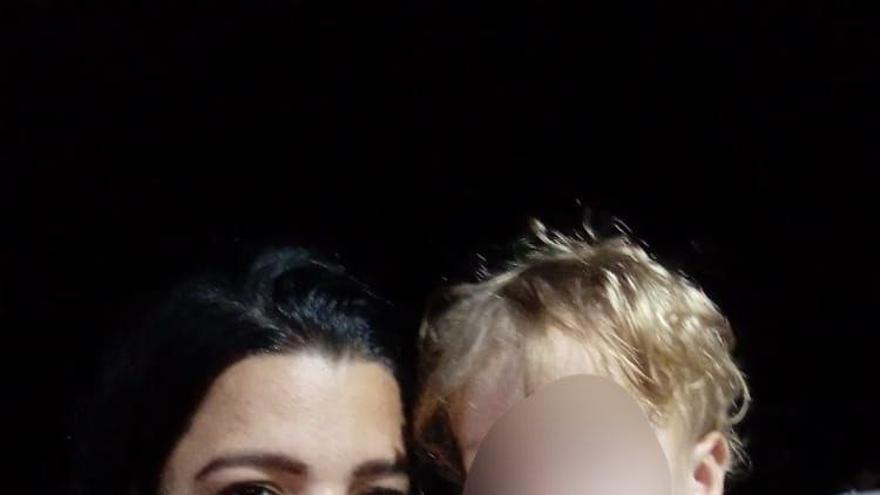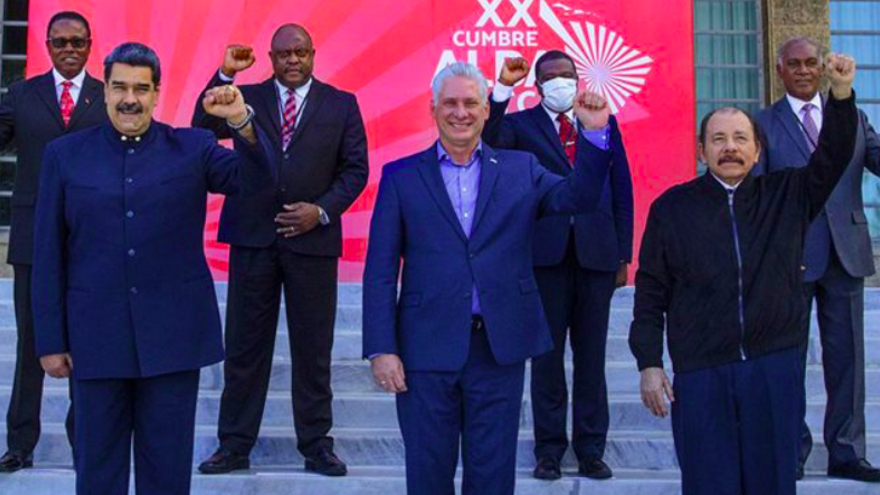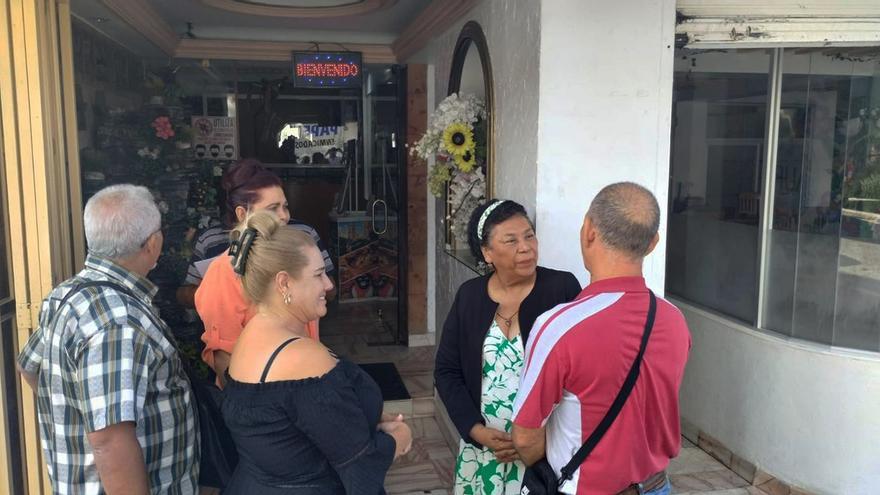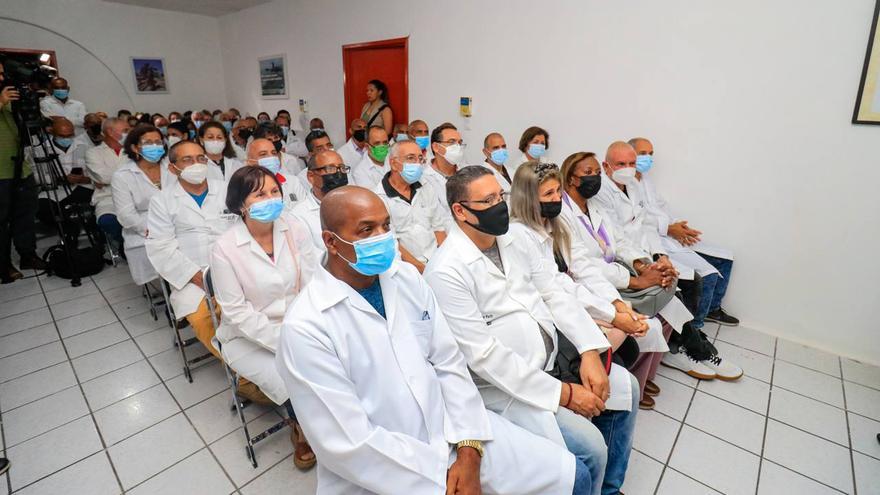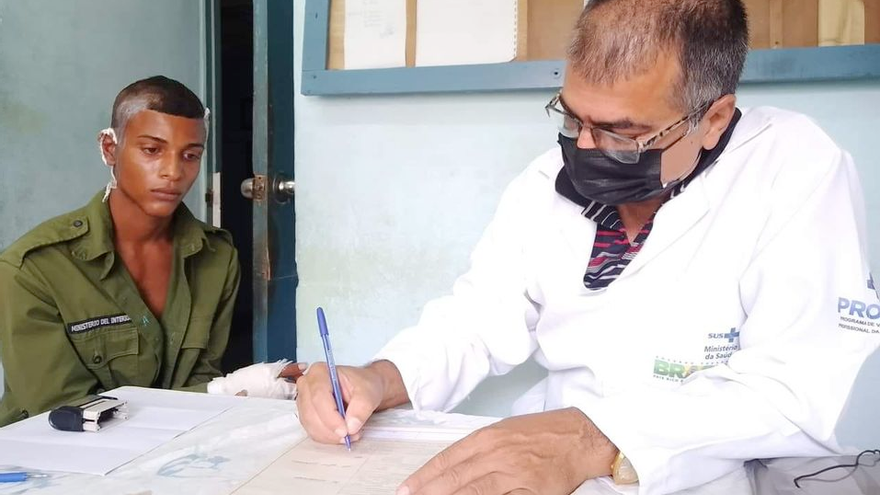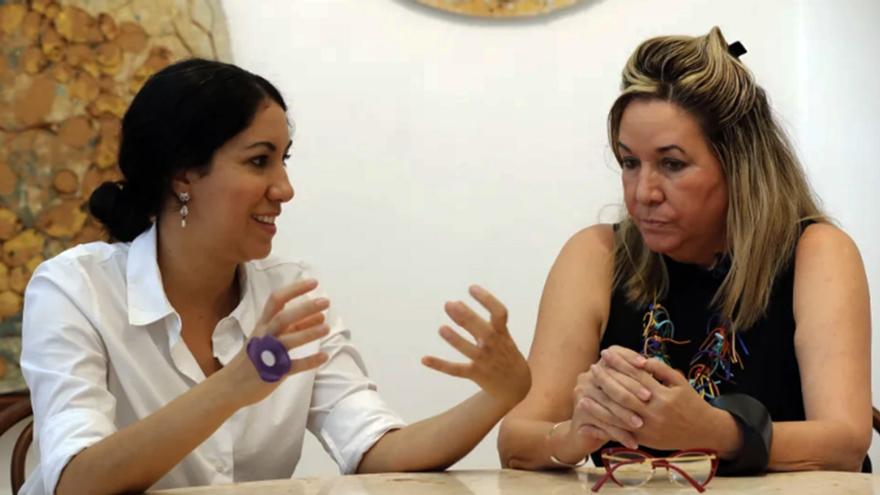
![]() EFE (via 14ymedio), Laura Becquer, Havana, 16 July 2023 — – Promoting art independently and privately in Cuba continues to be seen with “suspicion” and leaves those who are dedicated to that activity in a certain situation of “vulnerability,” says curator Cristina Vives, with 30 years of experience in the sector, speaking in an interview with EFE.
EFE (via 14ymedio), Laura Becquer, Havana, 16 July 2023 — – Promoting art independently and privately in Cuba continues to be seen with “suspicion” and leaves those who are dedicated to that activity in a certain situation of “vulnerability,” says curator Cristina Vives, with 30 years of experience in the sector, speaking in an interview with EFE.
“Thirty years after being independent and successful, what we do is viewed with suspicion, and that is directly proportional to being controlled, observed and questioned all the time,” says Vives from her studio in Havana, a magnet in the country’s art world.
This family project, which began with Vives and her husband, the renowned Cuban photographer José Alberto Figueroa, arose in the midst of the deep crisis of the Special Period of the 90s in Cuba. Now it also includes their daughter, Cristina Figueroa.
For Vives, going beyond the framework of state institutions at that time, with the collapse of the socialist bloc in Europe and the economic, political and social bewilderment that it meant for Cuba, was a “suicidal leap.” But she has “never” regretted the decision.
“Since the end of the 80s there was a galloping crisis of cultural institutions in which many of the most prominent artists left the country looking for other paths, avoiding censorship and creative limitations. Everything was in decline,” she recalls. continue reading
It is in that panorama that Vives and Figueroa set up a studio in their apartment in the Havana neighborhood of Vedado, an initiative that is currently a benchmark for the private management of contemporary art on the Island.
“We surround ourselves with the most outstanding, novel, groundbreaking and curious of Cuban art of the 90s, and we fill the space with works of young creators such as Tania Bruguera, Belkys Ayón and Raúl Cordero, among others, who left the Art Institute between 1992 and 1994,” Vives says.
She emphasizes that the studio, later named Figueroa-Vives, also arose from the “frustration of a great attempt to collaborate with the cultural institutions. That’s when we said, ’no more’.”
“The years have passed, and it’s no surprise how we think and act. We can be uncomfortable, but now they’re used to it; there is more tolerance,” she continues.
Her trajectory, with a dozen exhibitions in Cuba and other countries, several explorations and a network of collaborators, does not guarantee anything. “We continue to walk a tightrope,” says this Cuban curator.
“We will always be vulnerable, as long as we are not a recognized, legally respected and supported institution,” laments Vives, who, even so, specifies that “if there is something to defend, it is the ability not to be afraid.”
Despite the three decades that have passed, Vives establishes comparisons between the current situation and that of its beginnings. Now, she points out, there are “sensitive loopholes in cultural leadership and in the strength of the institutions,” something that, together with the “almost massive exodus of a lot of artistic talent,” reminds her of the Special Period.
“Second acts (of a crisis) are impossible to resist,” comments the curator, who talks about the need to reinvent herself and the feeling of continuing to move in a “space of vulnerability.”
Vives feels that now “it is easier” for them to dialogue with the new generations who run some cultural institutions of the Cuban State because “they come with a spirit where ideological guilt does not touch them.”
They are not so contaminated,” says her daughter, who is in charge of the online shows of the family art studio.
In 2014 they realized that they had to be more “aggressive” publicly and decided to position themselves on social networks and manage a website so that their message reached many more people and could connect with more galleries on and off the Island.
“If you believe in art, you support it. And we have done that by trying to unite our ability to curate exhibitions with the help of entities like the Embassy of Norway and that of Spain, which have supported us a lot,” she explains.
This collaboration has allowed them to achieve visibility even outside Cuba and also to maintain the projects, says Figueroa, who points out the recent joint exhibitions between artists from the Island and the Spanish studio Nave Oporto.
Both have a very clear purpose 30 years after throwing themselves into this “suicide”: “To get the (artists) who are (in Cuba) to breathe and produce, and those who have left to return.”
Translated by Regina Anavy
____________
COLLABORATE WITH OUR WORK: The 14ymedio team is committed to practicing serious journalism that reflects Cuba’s reality in all its depth. Thank you for joining us on this long journey. We invite you to continue supporting us by becoming a member of 14ymedio now. Together we can continue transforming journalism in Cuba.

